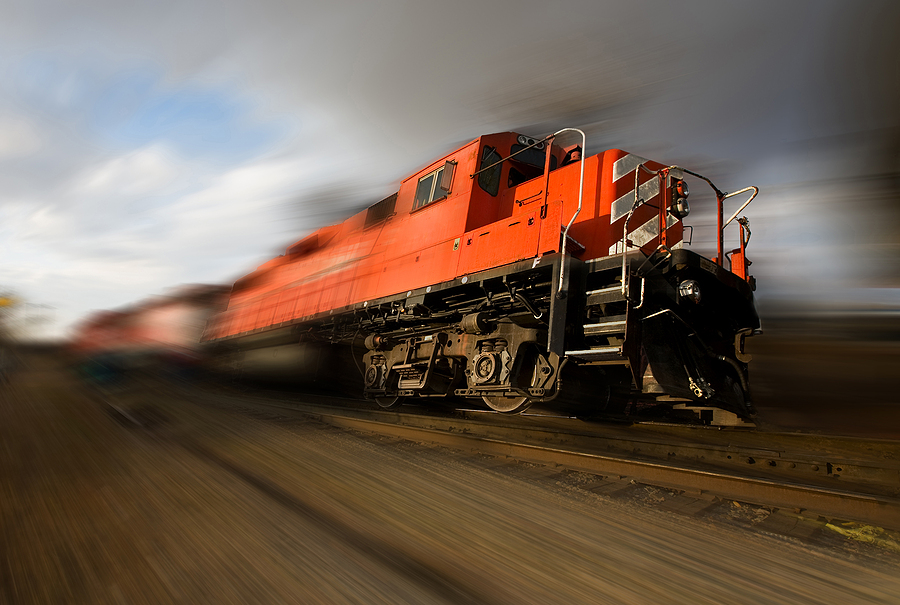Rail safety in America depends on a balance: the government sets the framework, and private railroads, in partnership with labor, do the work of keeping supply chains running safely and efficiently. As technologies and practices emerge, companies frequently seek waivers from the Federal Railroad Administration to test these innovations under real-world conditions. The waiver process is meant to validate safer practices, generate valuable data, and feed a continuous cycle of learning and improvement.
When the process slows or fails to deliver a timely resolution, opportunities for safety advancement pause, existing regulations often preserve longstanding practices that were the best available at the time, but are slow to update as technology evolves. That can mean fewer incidents and smoother operations are waiting just on the other side of a waiver request, requiring only the FRA to enable the testing that delivers the better outcome.
The waiver program can serve as a powerful lever for progress if decisions are made promptly and transparently. When this is done, continuous improvement can be put on autopilot, with new technology generating volumes of operational and safety data, enabling further analysis to hone technology and practices. By timely granting waivers, the FRA can allow these and other downstream opportunities. That opens the door for technology and practices that can deliver quantifiably better efficiency and safety outcomes.
The challenge is not new. In fact, a congressional hearing recently focused on striking the right balance on granting forward-focused waivers that peel back decades of outdated rules. Despite research reports summarizing the issue and expert panels highlighting the opportunity, the needed reform has not been realized. The FRA now has a chance to accelerate the process and allow the continuous improvement cycle to build on its own momentum.
The issue at hand concerns a track geometry measuring device that can be attached to railroad vehicles — including railcars and locomotives— to continuously and automatically calculate and inspect for track-based defects. Known for its shorthand Automated Track Inspection (ATI) technology, this set of tools continuously hunts for minor and indiscernible defects that cause many of the most serious and life-threatening train accidents, including derailments.
This works in concert with human inspectors to identify potential safety issues. Where they overlap, the technology can detect far more and far less perceptible defects than humans ever could. ATI testing has detected more than 200 times as many defects as visual inspections alone, and early detection can optimize repair and maintenance work for efficiency and worker safety.
A recent history of lag regarding ATI ultimately led the 5th Circuit Court of Appeals to twice rule against the FRA and in favor of BNSF. In the first ruling, the court called on the FRA to reconsider its decision, while the second ruling outright labeled the FRA’s actions “arbitrary and capricious” and ordered the waiver granted. Those rulings related to a single company and its challenge with approval, which the FRA now has the opportunity to remedy more fully. With these lessons learned, today’s FRA is poised to take decisive steps to unlock more lasting positive change.
Most recently, a broader waiver was requested by the Association of American Railroads. It was built on volumes of Class I railroad data demonstrating safety improvements and other gains from ATI technology. It requested a waiver allowing railroad companies to adjust and balance their capital and labor allocations in light of the best use of technology to optimize safety. Because this recalibration would require a waiver, the decision remains pending. As a result, new testing, data collection, analysis and refinement are temporarily on hold, creating an opportunity for the FRA to act and reinvigorate the process.
By resolving this holding pattern, the FRA can restore continuous improvement, allowing the feedback cycle of technology, data and safety to advance together.
Granting the waiver need not be detrimental to rail workers. In fact, it is to their advantage because it leads to safer conditions, allows them to focus on their specialties with greater attention. At the same time, the technology handles the aspects it specializes in, and creates more work by catching so many defects. In fact, unbridled use of ATI, even with dramatically altered human inspection schedules, could result in greater demand for workers to conduct the continuous maintenance and other inspection types.
For public safety, for efficiency, and for worker safety and continued workload, granting safety-enhancing waivers like ATI represents an essential next step. It’s not a radical reform but a data-supported opportunity to strengthen the FRA’s safety leadership. What’s more, it will provide the data for the next era of railroad safety that will juice the American economic engine while saving lives and resources.


